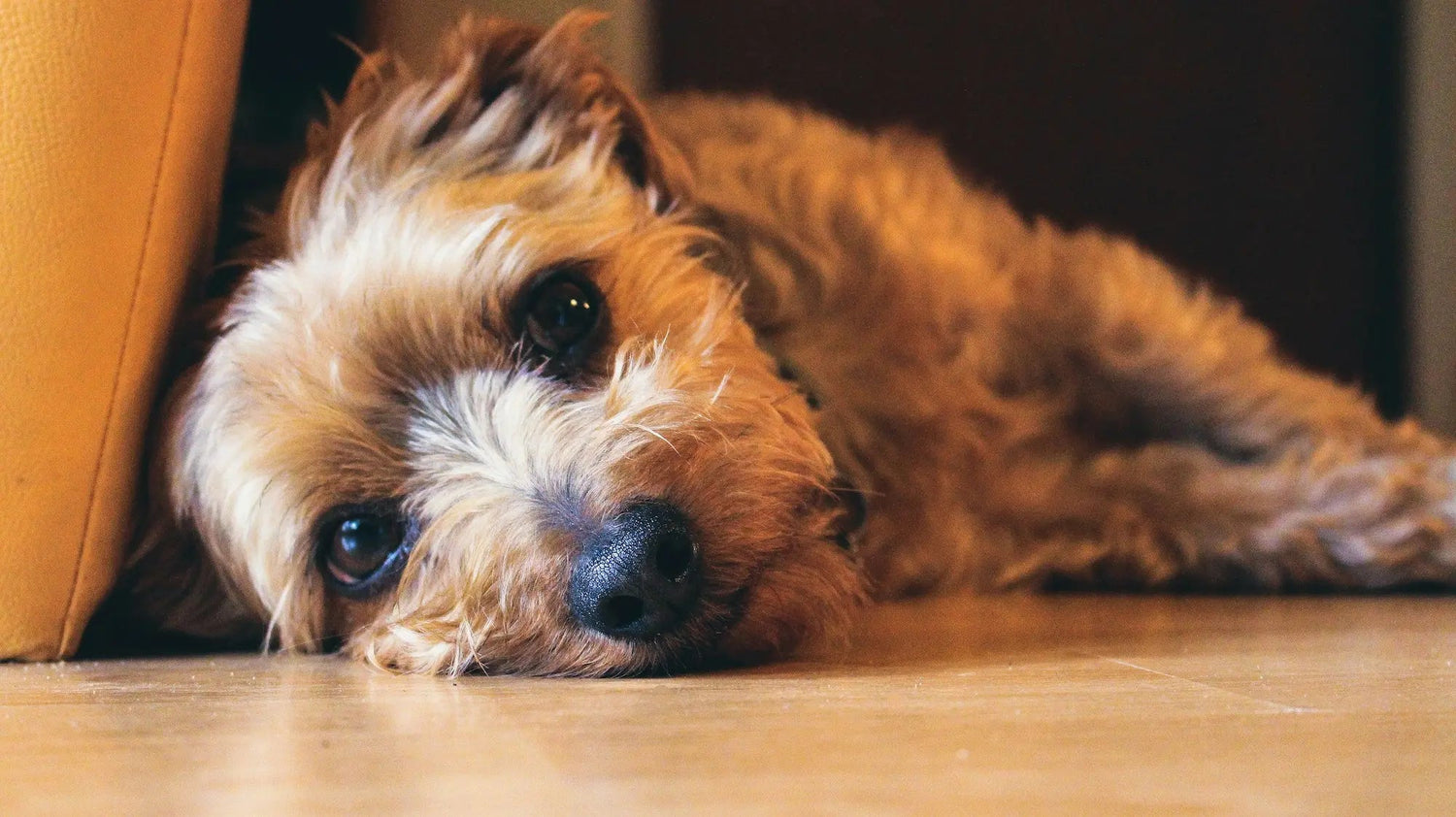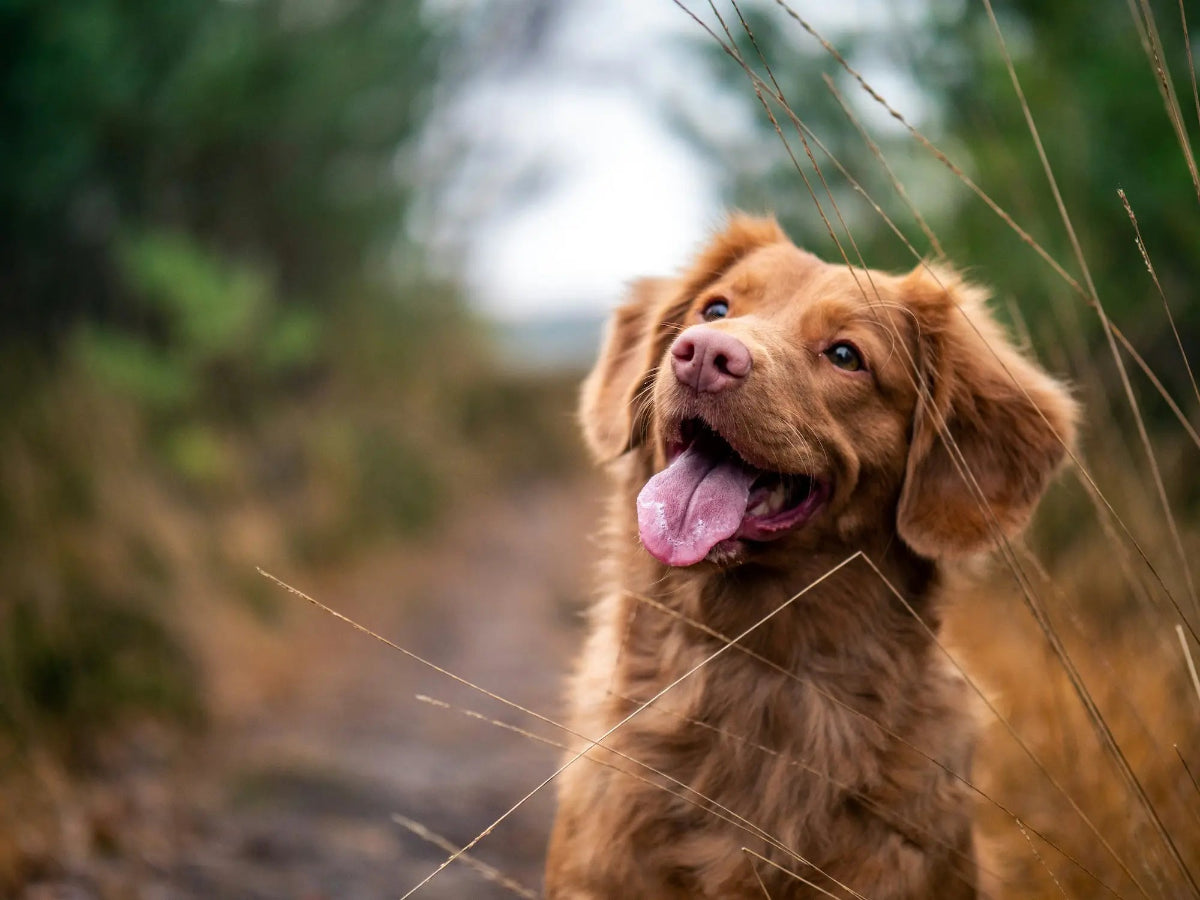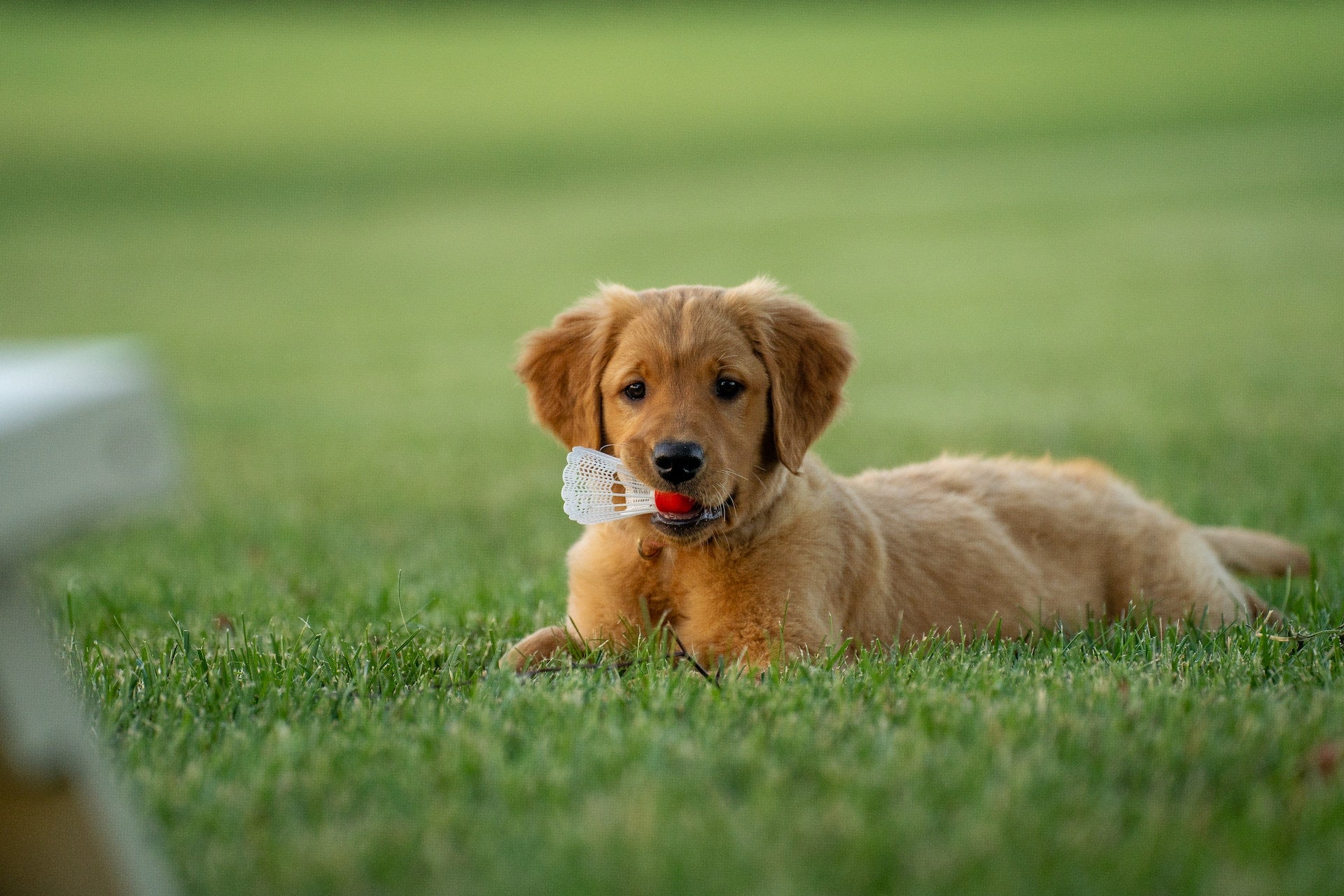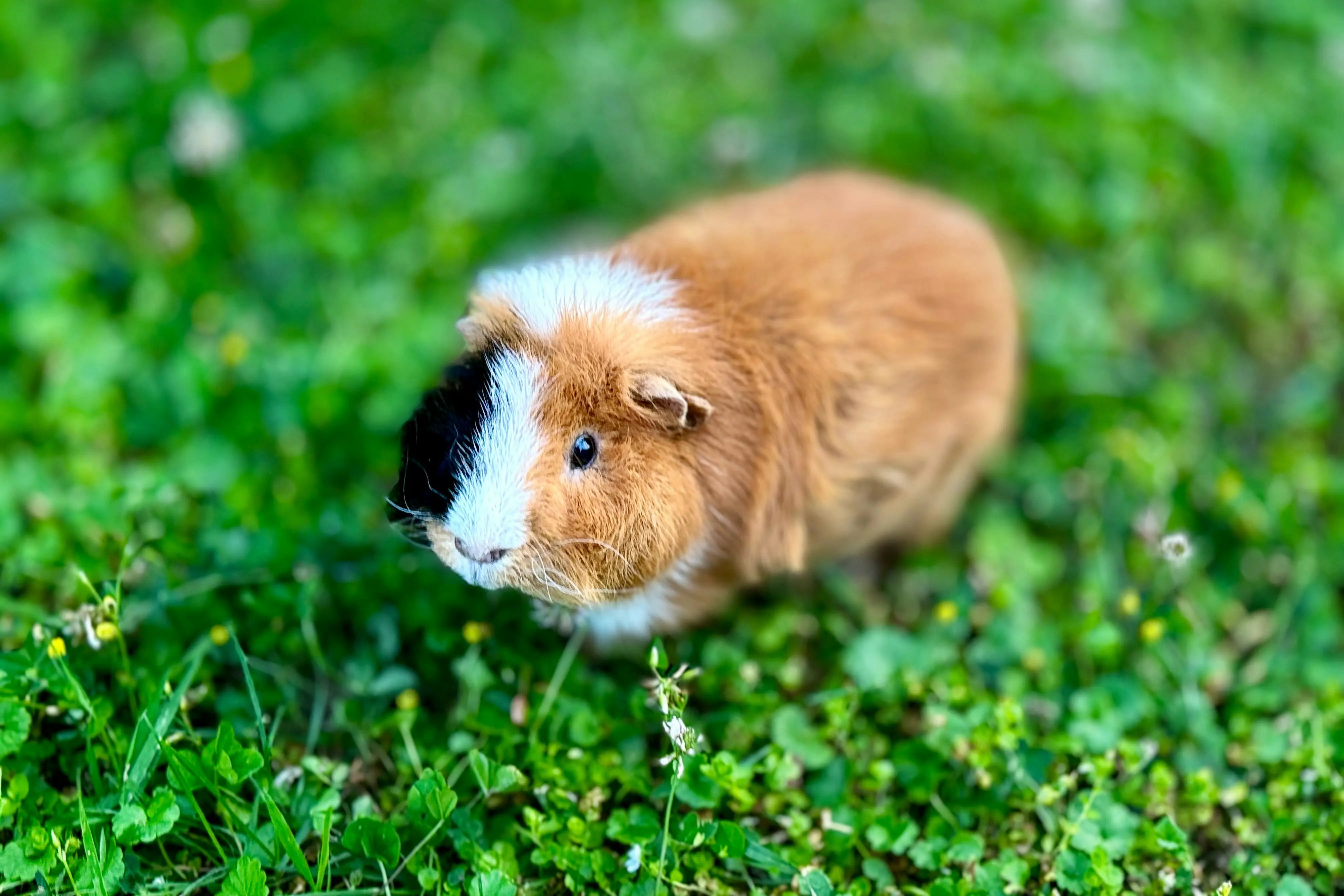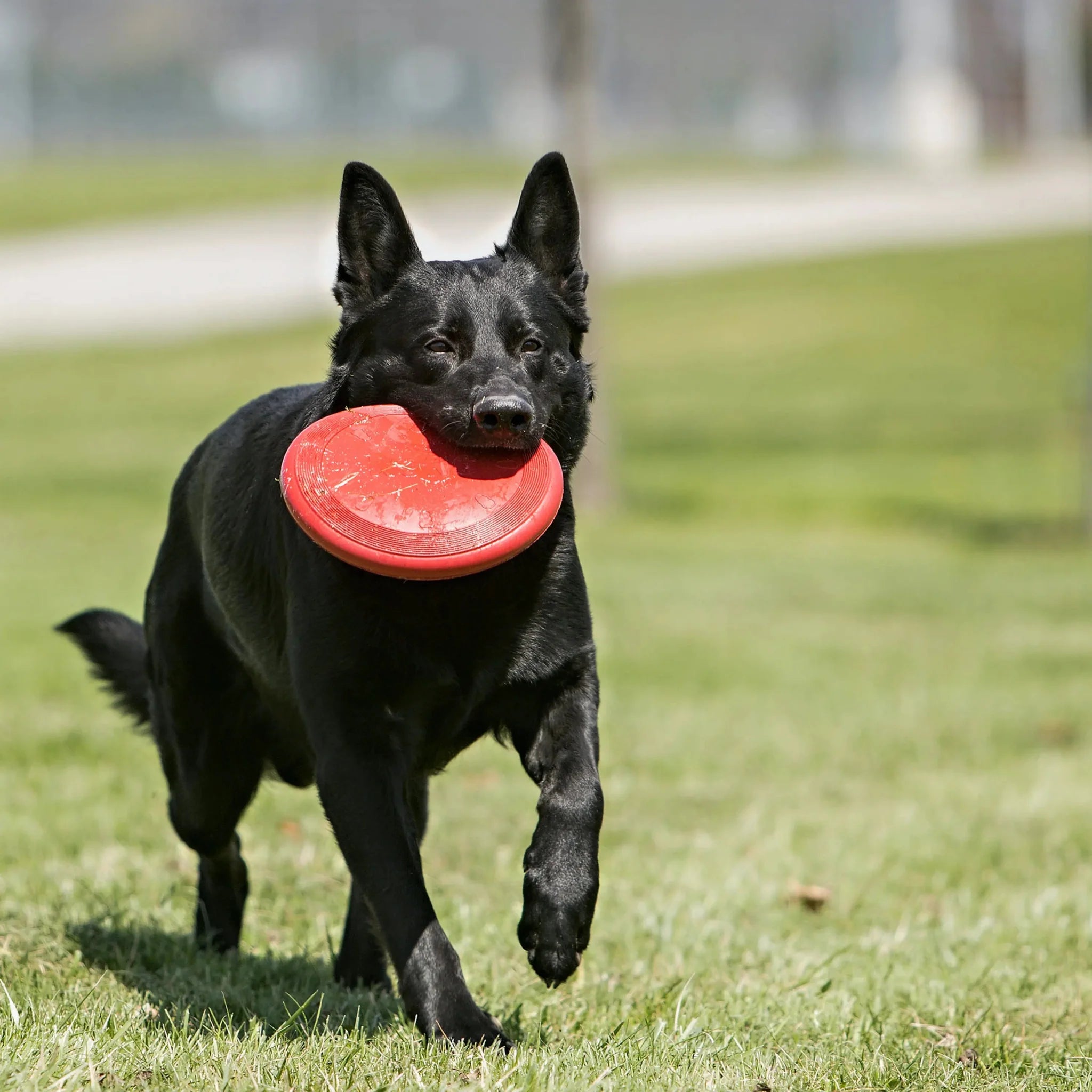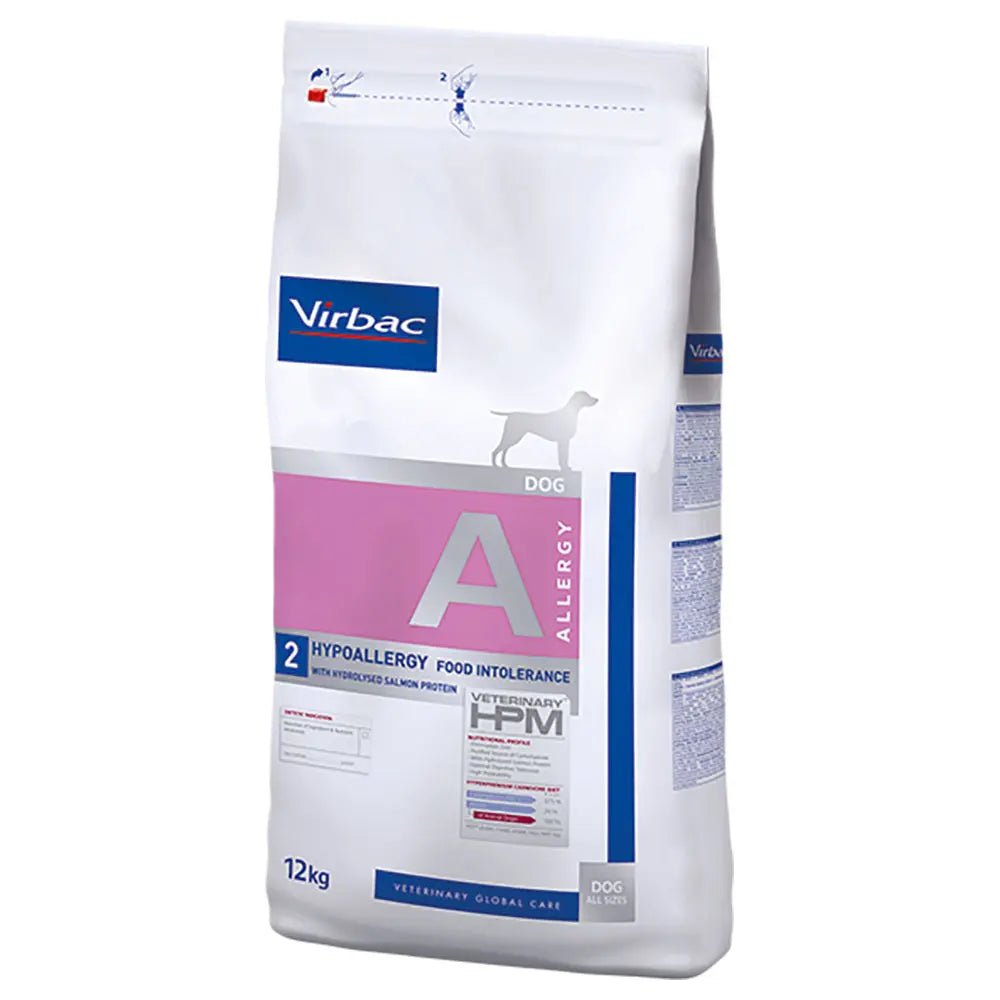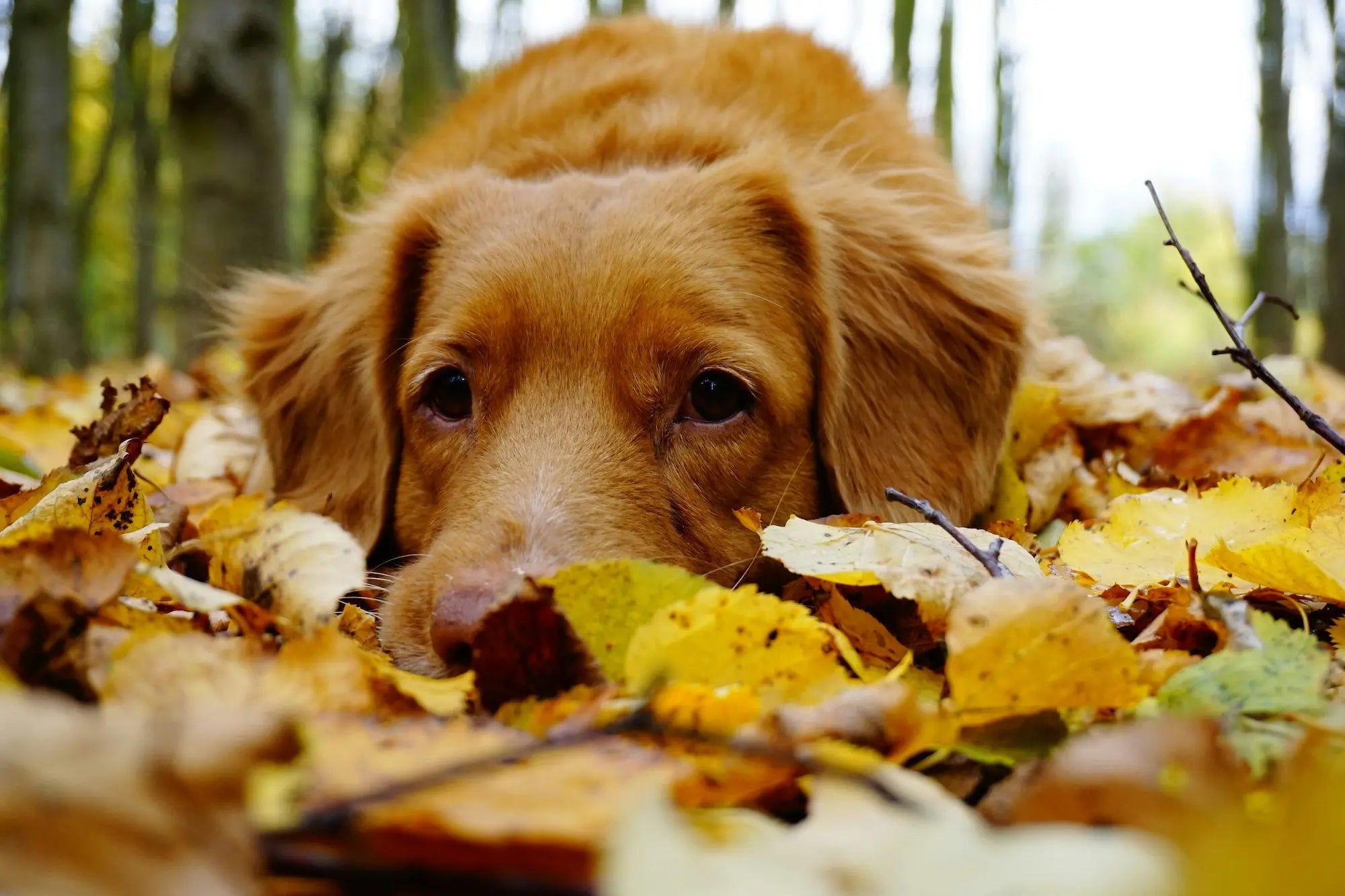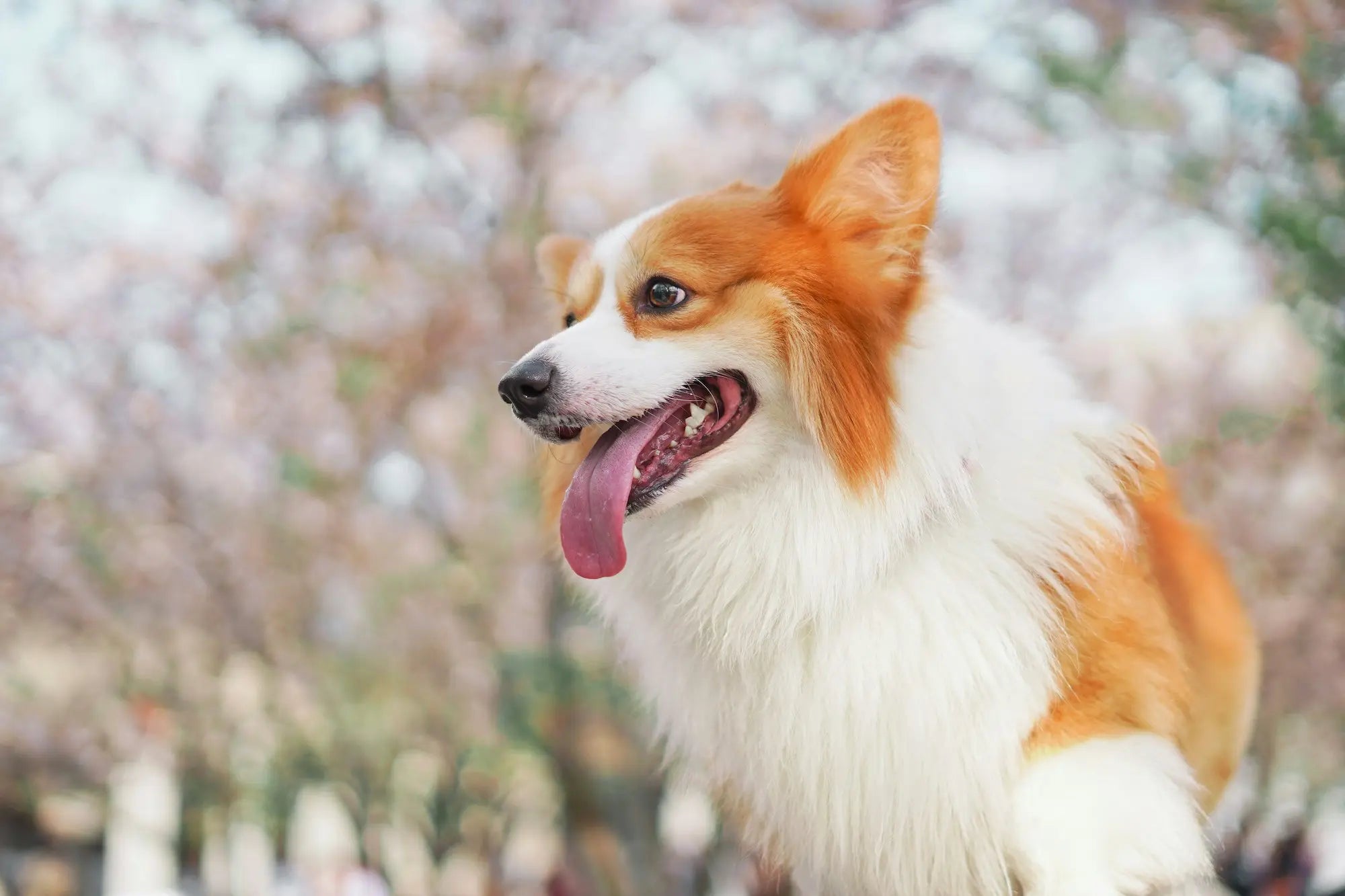Constipation in dogs is medically known as constipation, and there can be many causes for this condition. Not only can constipation be painful, but in the worst case scenario, it can also be a sign of a more serious condition. We explain what can cause constipation in dogs and what you as an owner should do if your four-legged friend stops going to the bathroom.
Causes of constipation in dogs
As mentioned, there can be several different reasons why your dog becomes constipated. Constipation occurs when your dog's stool becomes sluggish and hard, making it difficult for them to empty their bowels.
The most common causes may be, for example, that the dog has managed to ingest large amounts of difficult-to-digest food, such as horse feces, horse feed such as beetroot or oats, as well as high-fat foods intended for birds, birdseed or even animal bones. It is also possible that the dog has overeaten dog food or swallowed a foreign object that can cause a blockage in the intestine.
Constipation or sluggish bowels can also be caused by pain in the anal area, an enlarged prostate, too little fluid intake, or lack of adequate exercise. Other potential causes include adverse effects of medication, old age, stress, or the presence of a mechanical blockage in the intestine, such as a tumor, granuloma, or abscess.
Symptoms of constipation: What you should look for
As a dog owner, it's important to be aware of potential symptoms of constipation. These include:
- Reduced bowel movements or lack of bowel movements
- Straining or pain during bowel movements
- Dry and hard stool balls
- Fatigue or restless behavior
- Stomach discomfort or bloating
-
Vomiting
In more serious cases, your dog's intestines can fill with increased amounts of gas, a condition known as ileus, which can be life-threatening if left untreated. Therefore, it's important not to wait too long to seek veterinary attention if you notice your dog exhibiting any of these symptoms.
What can I do myself if my dog is constipated?
If the dog seems healthy and has no signs of impaired general condition, you can try self-treatment first.
- An alternative is to give your dog lactulose at a dosage of 0.2 - 0.5 ml per kilogram of body weight, 2-3 times daily. This helps to soften the intestines and dissolve any blockages.
- Make sure your dog gets enough fresh water.
- Maintain physical activity with walks to stimulate bowel activity.
- Any supplementation of probiotic stomach bacteria through dietary supplements may be beneficial for intestinal health.
However, keep a close eye on your dog's condition if you attempt self-treatment. Contact your veterinarian immediately if you see the following signs:
- If you suspect that your dog may have ingested a foreign object such as a toy, thread, yarn or bone.
- The dog is vomiting in addition to the constipation.
- Decreased general condition, fever or lethargy.
- If the stool shows signs of blood or mucus.
- The dog is under 6 months old.
- If self-treatment does not resolve the constipation within two days.
- The dog shows signs of discomfort or pain when defecating.
- Poor or absent appetite, or minimal drinking.
Treatment of constipation in dogs
Treatment at the vet depends on the cause of the constipation and the severity of the condition. An X-ray may be necessary. Depending on the dog's general condition and the results of the examination, admission to a veterinary hospital or clinic may be necessary for treatment. If you are located in Larvik, you can visit our clinic . Treatment can often involve increasing fluid intake to the intestines and softening the stool using intravenous fluid therapy. Normally, the dog is given an enema, possibly a water enema, administered under sedation or anesthesia. The dog will usually also be given a bland diet.




